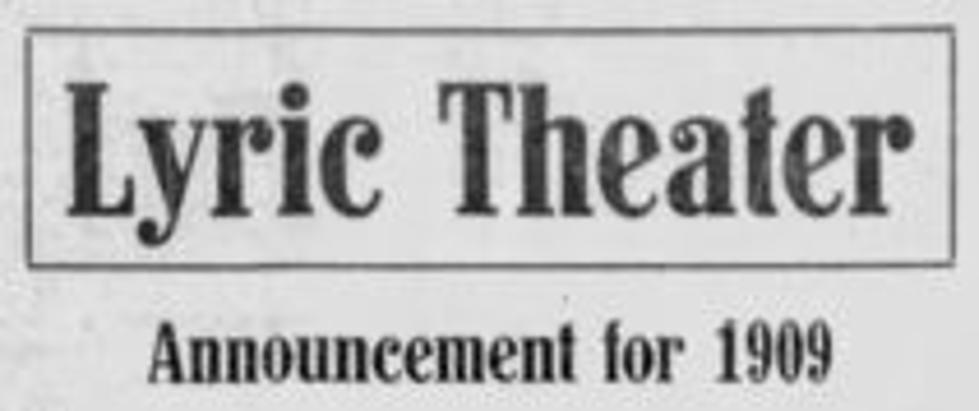
Harmon’s Histories: In 1909, Missoula’s Lyric Theater catered to women and children
By Jim Harmon/Missoula Current
As the year 1909 dawned, Union Theater manager Charley Harnois was showing the silent film “What Women Will Do,” a melodrama about a young lady who gets involved with a couple of crooks.
Over at the Bijou Theater in Missoula, manager J.J. McCarthy promoted the film “The Fisherman’s Rival,” the story of a woman whose father is “infuriated” by her choice of a suitor.
Meantime, in the Union Block, at 125 East Main, a refurbished theater called The Lyric claimed to be “one of the most modern moving picture houses in the West, with seating capacity of approximately 200 (and) first class in every respect.”
It was certainly different. For one thing, its owner/manager was a woman, Mrs. George Strange Snyder. She and her husband had purchased the theater in the summer of 1908 for an undisclosed “cash consideration.” Mr. Snyder was a dispatcher for the Northern Pacific Railroad.
Mrs. Snyder took out a large newspaper ad to let everyone know exactly what the theater’s policy would be in the new year: “OUR SPECIALTY will be to cater to WOMEN AND CHILDREN!”
“No prizefights will ever be shown at this theater again, no great social crimes will EVER be seen here – your wife, mother or daughter will NEVER blush because of suggestive scenes, for they will NEVER APPEAR at the LYRIC.” Mrs. Snyder promised to give patrons “absolutely CLEAN, wholesome and refined entertainment.”
She also took a swipe at theater operators who loosely threw around the term “first-run pictures.”
“For any theater in a city the size of Missoula to say they are running first-run pictures would be an untruth, for they could not do so, catering to the number of people they do, and at the low price of admission.”
The Lyric, she said, would present movies on “the very first day permitted to be exhibited in any theater in the state (which means) that no that no city in the state is ahead of Missoula in the quality and newness of its motion pictures!”
Mrs. Snyder urged movie goers to “study the pictures critically, as they are thrown up on the screen. You can see that they are nearly brand new ... they do no flicker, jerk, jump or waver, nor do they tire your eyes.”
That, she said, was possible by the use of a “stereopticon dissolver, which greatly improves the picture (quality). Fred C. Jacky, our electrician, is experienced in every phase of the art of projecting motion pictures, as our patrons will testify. There are no better in his line.”
By now, she was on a roll. Aside from the movies themselves, she proclaimed, “Our music is the best in the city” (remember this is 1909 – “talkies” hadn’t been invented yet - so there was a live orchestra playing music to accompany the film).
In addition to the orchestra, singers would also be hired at times. “Miss Dixie Raymond has made a great hit” with audiences, providing “two songs at each performance, adding greatly to the evening’s entertainment.”
When it came to the comfort of the audience, there was no better choice in town, claimed the advertising. In the winter, steam heat was used “lessening any danger of fire.”
“We have four exits and a wide aisle ... fully up to (fire department) requirements in every respect! In the summer the house will be cooled by electric fans.”
At times, the Lyric Theater seemed to be a prototype of educational TV, with showings like “Oyster Farming” which detailed the process from harvesting to cleaning and packing, featuring “extremely pretty and appealing” scenery.
The Snyders owned the business for only a bit more than a year, selling the theater to Fred and Lew Jacky in the spring of 1909 for $3,000.
Perhaps the Snyders were just ahead of the times, or Missoula wasn’t quite ready to learn the intricacies of oyster farming.
Jim Harmon is a longtime Missoula news broadcaster, now retired, who writes a weekly history column for Missoula Current. You can contact Jim at fuzzyfossil187@gmail.com. His best-selling book, “The Sneakin’est Man That Ever Was,” a collection of 46 vignettes of Western Montana history, is available at harmonshistories.com.
